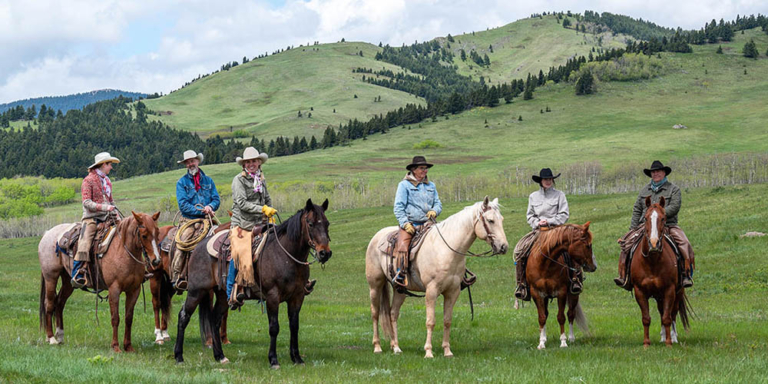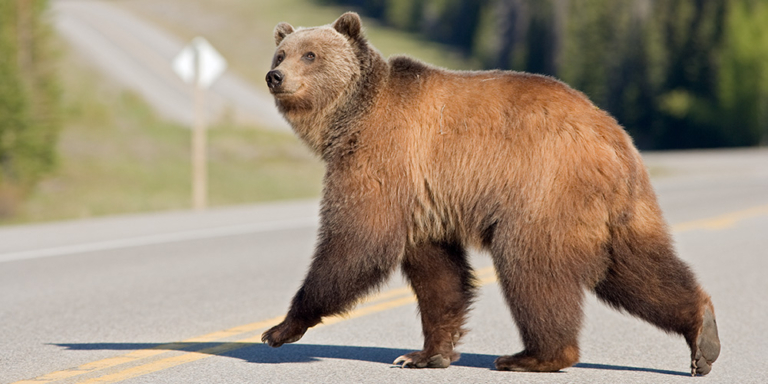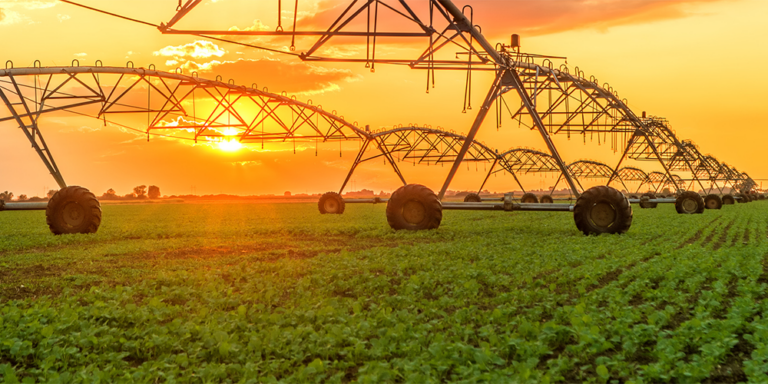In the vast expanse of southern Alberta’s prairies, an unlikely alliance is preserving one of Canada’s most endangered landscapes.
Where else, except in Alberta, could a ‘red-neck’ rancher and an environmentalist academic unite for a common cause? Well, stranger things have happened, but these unlikely allies share a common love for the prairie grassland.
Ralph Thrall III is a rugged rancher with a bloodline deeply rooted in the undulating grasslands. At 59 years old, he is a man whose laughter is as hearty as the land he tends. As guardian of the sprawling 22,000-hectare McIntyre Ranch, he manages a lot of land.
Leta Pezderic is the Grassland Stewardship Manager for the Nature Conservancy of Canada. At 42, Leta is a passionate ‘turf-hugger, a lover of the prairie landscape and a talented photographer.
Together, they are the unlikely duo, the custodians of one of the last bastions of unspoiled prairie grasslands in North America.
The Back Story
Their story begins at the edge of a buffalo jump, a cliff that once served as a hunting ground for the Blackfoot people.
It is here that Ralph and Leta stood, united by a shared love for rough fescue and the multitude of life it supports.
The grasslands here are a tapestry of green and gold and are home to 350 plant species, 130 bird species, and 25 animal species, including the yellow-bellied marmot and the sharp-tailed grouse.
But this idyllic landscape is under siege.
The prairies, once a continuous sea of grass from Edmonton to Winnipeg, have been reduced to tiny fragments of their former selves.
Farming, building cities, and factories have converted four-fifths of the prairie ecosystem. Every year, more of the prairie disappears. This is even more than the rainforest in the Amazon.
As a result, there is very little remaining wild prairie left in the province.
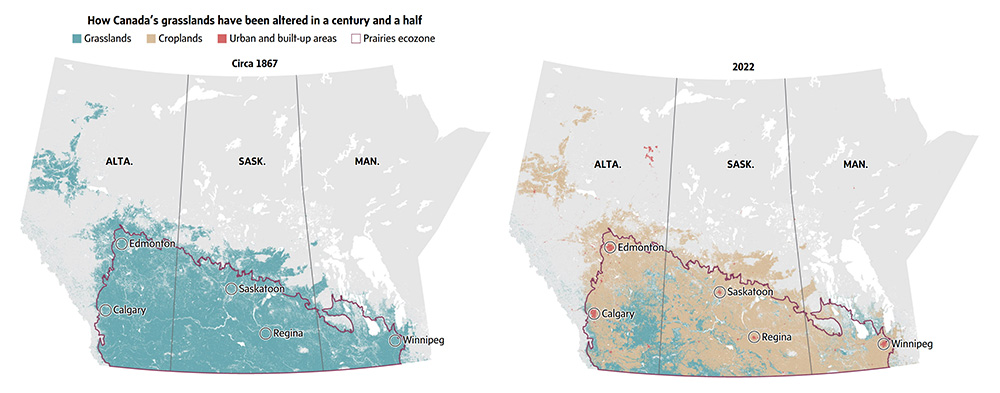

An Ideal Partnership
Ralph and Leta’s mission is to ensure McIntyre Ranch remains a prairie oasis, preserving its natural heritage.
Their tool to protect the Ranch, which is about one-fourth the size of Calgary, is not a protest or blockade but rather a conservation easement.
This easement brokered with the help of Ducks Unlimited Canada and the Nature Conservancy, is designed to ensure that the McIntyre Ranch remains a haven for wildlife and a stronghold for carbon-rich soils.
The agreement promises that the ranch will not be converted to cropland or succumb to development. It’s a promise to keep cattle grazing and helping the prairie’s environment, just like the bison used to do
As Ralph and Leta traverse the ranch in Leta’s pickup, they are surrounded by the splendours of their labour. They pass hoodoos and marshes and witness elk grazing and eagles soaring. They talk of grasses with the enthusiasm that stock brokers talk about investment strategies.
Ralph, who once dreamed of a golfing career before his dad called him back to be the Ranch’s foreman, now finds his purpose in stewarding his family’s land.
Thrall’s grandfather bought the ranch in 1948 from W.H. “Billy” McIntyre, whose father founded it.. in 1894.
Cattle have been grazing there ever since, but Ralph carefully manages the grazing of his cattle to replicate how bison would have roamed the grassland.
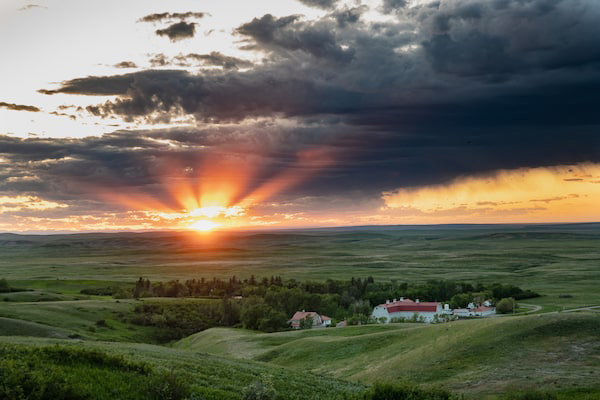

The results of his rotational grazing plan are a rich, varied sea of porcupine grass, June grass, Idaho fescue, and rough fescue. The latter grass grows in tough, dense bunches that help the soil hold moisture.
Recently, drought has tightened its grip on southern Alberta. This new threat to prairie grasslands comes from a changing climate. But with Ralph and Leta’s help, the healthy biodiversity from the natural rangeland helps maintain its ecological resiliency.
Land with too much grazing can’t handle drought because there aren’t enough plants and roots to keep the soil safe.
McIntyre Ranch shows how people with different opinions can work together to achieve a shared goal.
It’s a reminder that our differences are often insignificant compared to our similarities.
As the sun sets over the McIntyre Ranch, casting long shadows upon the grasses that have stood for centuries, Ralph and Leta know that their work is not just for the land or the wildlife.
It is for the future generations who will stand where they stand, look out upon the prairie, and find themselves moved by its quiet grandeur.



